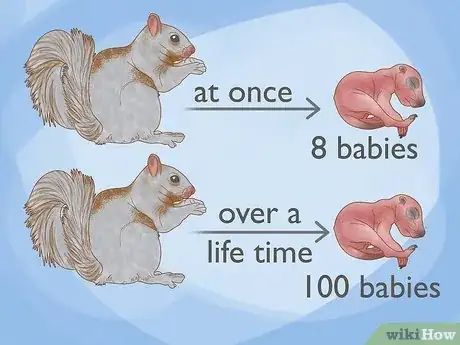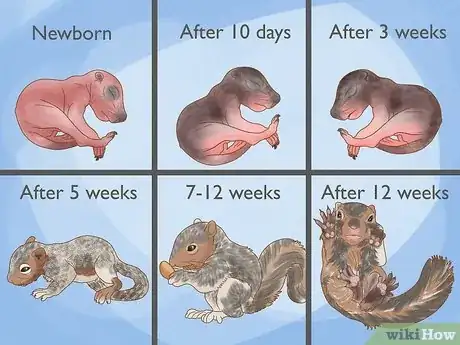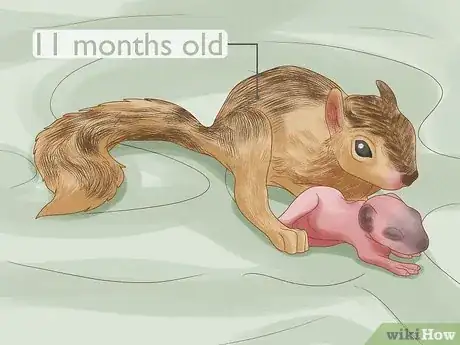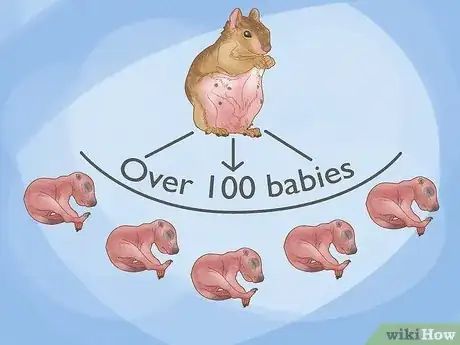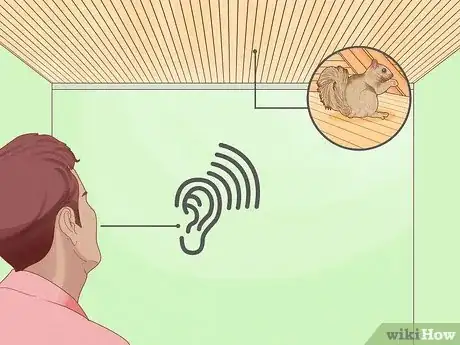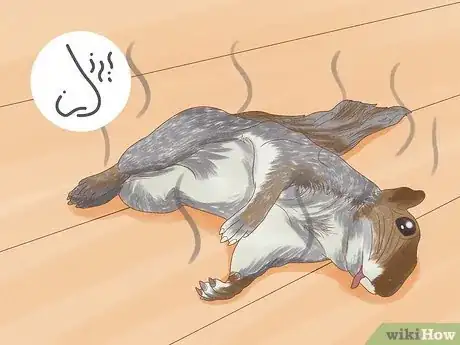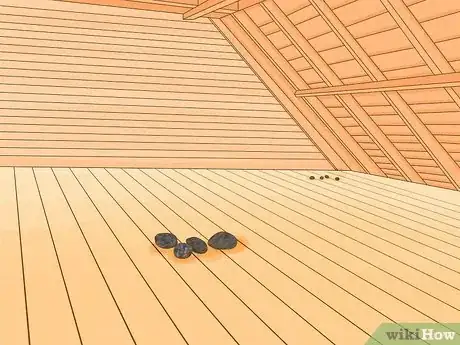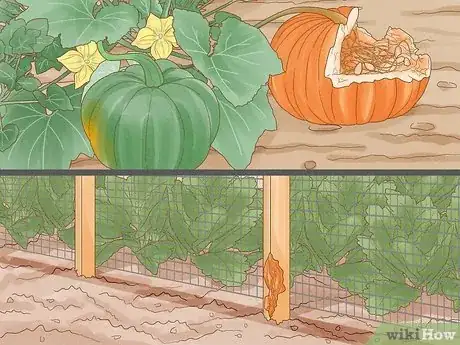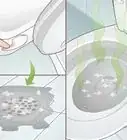This article was co-authored by wikiHow staff writer, Johnathan Fuentes. Johnathan Fuentes is a writer based in the New York City region. His interests as a writer include space exploration, science education, immigration, Latinx cultures, LGBTQ+ issues, and long-form journalism. He is also an avid hiker and has backpacked in Alaska and Newfoundland, Canada. A son of Cuban immigrants, he is bilingual in English and Spanish. Prior to joining wikiHow, he worked in academic publishing and was a freelance writer for science websites. He graduated from Columbia University in 2021, where he studied nonfiction writing and wrote for the student newspaper. He is currently counting down the seconds until the release of Kerbal Space Program 2 in 2023—a game that will almost certainly take up what little free time he has.
There are 8 references cited in this article, which can be found at the bottom of the page.
Learn more...
Squirrels are everywhere in cities and suburbs these days, and for one simple reason: they have multiple babies at a time. But how many babies do squirrels have exactly? What’s the benefit of having so many at once? The reality is that having many offspring makes a lot of sense for squirrels. And as we’ll explain, their short lifespans and challenging day-to-day lives leave them no other choice. Keep reading to learn how many babies squirrels have at once, why they have so many, and what to do if a family of squirrels is wreaking havoc in your home or garden.
Things You Should Know
- Squirrels have 2-4 babies at a time on average, but they can have up to 8. A baby squirrel is called a “kit,” and a group of kits is called a “litter.”
- Female squirrels can have 2 litters per year. Baby squirrels leave their mothers after 12 weeks, and can start having babies of their own after 11 months.
- Female squirrels mate in early spring and mid-summer. Pregnancies last around 44 days, and litters are born in early summer or fall.
- Since squirrels live up to 8 years, a single female squirrel can have hundreds of babies during her lifetime.
Steps
How do you know if you have squirrels living in your home?
-
1Listen for scurrying sounds coming from your ceiling. Pay close attention to sounds coming from your attic or chimney (if you have them), or from within your walls. Squirrels will usually make a lot of noise when they’re inside your home, especially in the winter or during rainy days when they’re more likely to seek shelter indoors.[8]
- Squirrels often make nests in attics and chimneys, where they can easily find their way in from the outside.
-
2Pay attention to foul, rotting smells. Squirrels may get trapped indoors and die. When this happens, their bodies will begin to decompose, creating an awful smell that you’ll easily recognize. If you notice a rotting smell in your home and you can’t identify the source, it’s possible that a squirrel died in your attic or walls.[9]
- A rotting smell can be caused by other dead animals too, including mice, rats, raccoons, and other pests.
-
3Look for squirrel droppings, especially in your attic or garage. Squirrel droppings are usually dark and shaped like raisins. They can look similar to rat droppings, except that rat droppings look more tube-shaped. Droppings can carry bacteria and other pathogens, so be sure to avoid accidentally touching them with your bare hands.[10]
- You can also look for droppings near your house, outside, since squirrels have to go outdoors to search for food.
-
4Check for damage to your home or garden. Squirrels will eat and destroy plants, vegetables, and fruits growing in outdoor gardens. They’ll also chew on outdoor furniture, wooden siding, and bird feeders. Look for chew marks and signs of damage in areas like these.[11]
- Squirrels will enter your home through holes in your roof or siding. Check for tooth and claw marks on the outside of your home, especially around any holes or gaps.
References
- ↑ https://ie.unc.edu/wp-content/uploads/sites/277/2019/08/Gray_Squirrel.pdf
- ↑ https://www.bobvila.com/articles/types-of-squirrels/
- ↑ https://www.aces.edu/blog/topics/forestry-wildlife/gray-squirrel-management/
- ↑ http://bioweb.uwlax.edu/bio203/s2012/toellner_kayl/habitat.htm
- ↑ https://www.aces.edu/blog/topics/forestry-wildlife/gray-squirrel-management/
- ↑ https://www.aces.edu/blog/topics/forestry-wildlife/gray-squirrel-management/
- ↑ http://mason.gmu.edu/~klargen/110lectpopulationspopulationecologyfall03.htm
- ↑ https://wildlife.unl.edu/pdfs/control-tree-squirrel-damage.pdf
- ↑ https://dynamix-cdn.s3.amazonaws.com/bredapest2019com/bredapest2019com_157731587.pdf
- ↑ https://dynamix-cdn.s3.amazonaws.com/bredapest2019com/bredapest2019com_157731587.pdf
- ↑ https://dynamix-cdn.s3.amazonaws.com/bredapest2019com/bredapest2019com_157731587.pdf
- ↑ https://wildlife.unl.edu/pdfs/control-tree-squirrel-damage.pdf
- ↑ https://acmg.ucanr.edu/Over_the_Fence/Protecting_Seedlings_and_Seeds_from_Wildlife/
